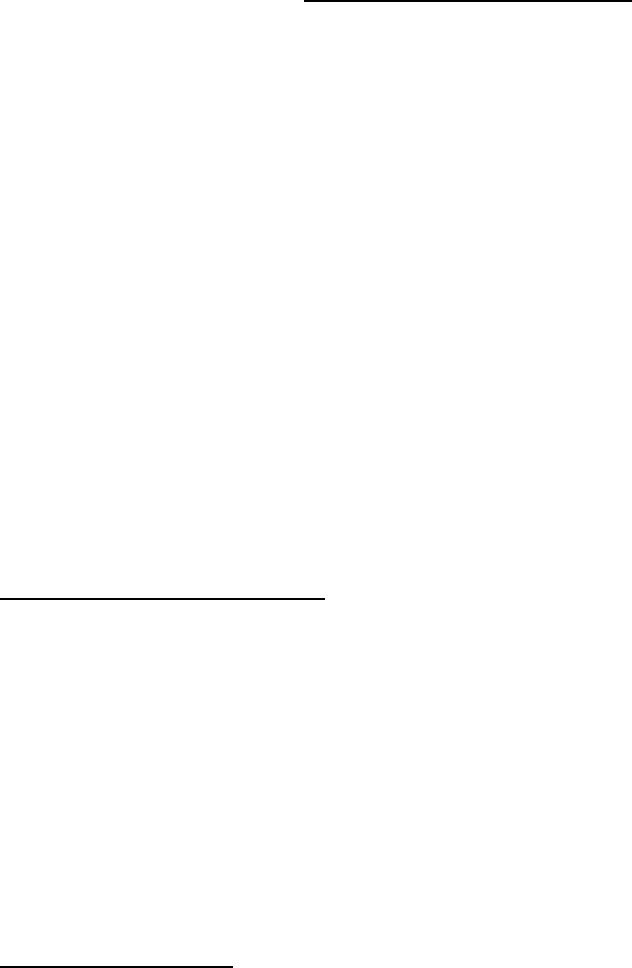
U S E R ’ S I N S T R U C T I O N S
1) Ensure that the pump (or inlet extension filter) is in a clean uncontaminated air environment.
o If clean air CANNOT be guaranteed at the pump inlet at all times, use the Inlet extension hose kit
(P/N: 9700-65). See instructions on the Inlet extension kit below.
2) Ensure canister on the discharge filter assembly is firmly seated and secure before startup.
o Discharge air passes through the HEPA outlet filter located inside the discharged filter assembly.
o HEPA filter is NOT for use as protection against vapors and gases.
o D.O.P. efficiency: 99.97% (0.3-0.6 micron particles)
3) Attach respirator/hood and air breathing hose to pump.
o Check respirator manufacturers’ recommendation for inspection/operation procedures.
o Never start pump without hose and respirator attached.
o This may result in excessive back pressure that will lead to pump damage.
4) Ensure that air hoses are not tightly coiled or kinked.
o This may cause some restriction of the air flow causing the pump to run at a higher PSI and overheat.
5) Plug the pump into proper electrical outlet and turn on the power switch.
6) Properly adjust pressure relief valve. (see instructions for PRV below)
o Pumps are designed for multiple users and may require an adjustment to the pressure relief valve to fit the
number of workers using the system.
7) Don the respirator as instructed per manufacturer user’s instructions.
8) Ensure all users are receiving sufficient air to the respirator.
o Use Allegro P/N 9900-40 “Flow test kit” to verify proper airflow (CFM) to the respirator.
o Ambient air pump gauge indicates the dynamic air pressure (back pressure), NOT air volume.
9) Enter work/contaminated area.
PRESSURE RELIEF VALVE (RPV):
1) Before making any adjustments check with the respirator manufacturer for the required CFM to that specific
respirator.
2) To adjust the relief valve, loosen the lock nut.
3) Turn the adjustment knob counterclockwise to "bleed-off" air.
o This will decrease pump output to the respirators.
o It is important to set the proper air flow to the respirator, too much air will over work the pump motor,
causing it to overheat. Too little air will not provide sufficient air to the user.
4) Turn the adjustment knob clockwise to decrease air being bled off.
o This will increase the pressure and air flow to respirators.
o Care must be taken to ensure that the respirator and air hose are not disconnected while pump is running,
when the PRV is set to this setting. Pump damage will occur.
5) Tighten lock nut.
o PRV must be readjusted each time the number of users, respirator type or length of air hose is changed.
INLET EXTENSION KIT: (P/N 9700-65)
1) Locate the inlet filter where breathing air CANNOT be contaminated by harmful vapors, gases, or particulate
and where it will be protected from excessive moisture.
o Inlet hose extensions may be used to increase distance from the inlet filter to the pump up to 250 feet.
o With the use of remote Inlet Extension Hose(s), noise level at the pump is greatly reduced.
o The noise will be transferred by the hose to wherever the Inlet Filter is located.
o Respirators must be supplied with clean breathable air at all times, per OSHA 29CFR 1910.134.
2) In order to achieve this requirement, it may be necessary to use the inlet extension to reach a clean air
environment.
3) Remove the inlet filter assembly from the pump.
4) Install inlet extension hose to the pump inlet port, using the supplied reducers/ adapters.
5) Install the inlet filter assembly on the other end of the extension hose.
o The A300 pump will require an inlet filter assembly (P/N: 9700-08) for use with the extension hose.
6) Place the extension hose in a clean, uncontaminated environment.
3
